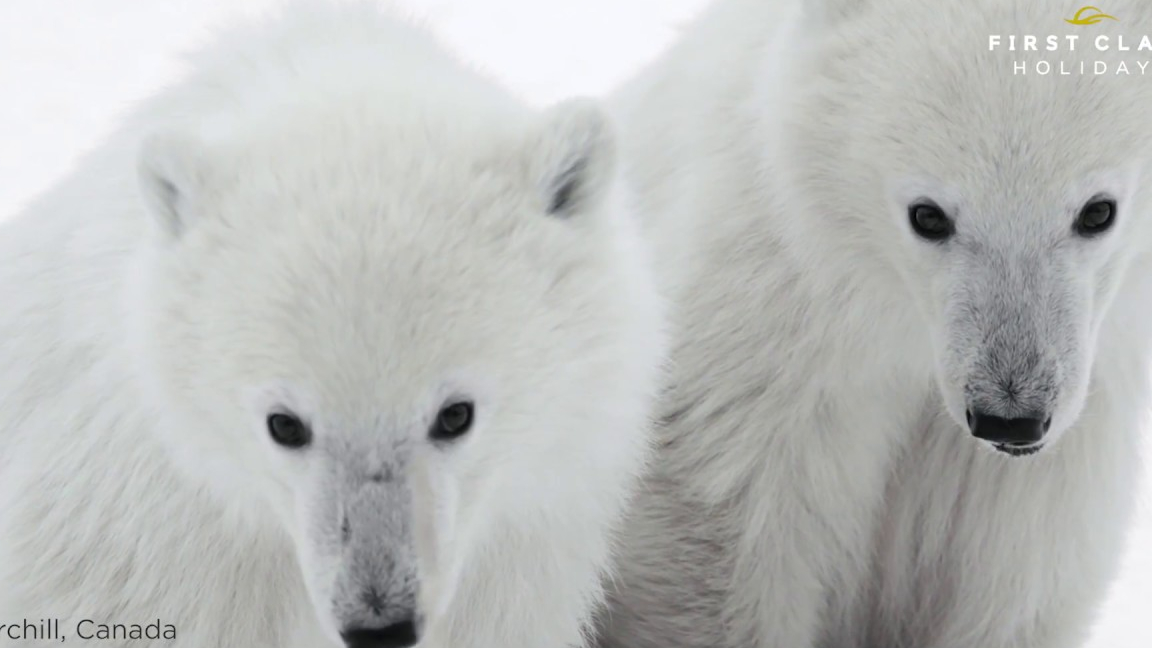Australia’s Weather by Region
Southeast Australia: February to May 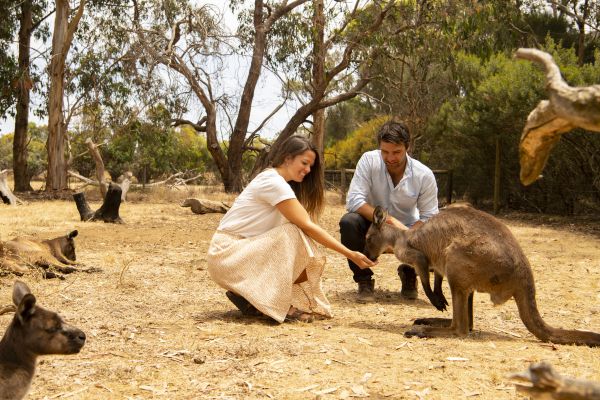
Australia’s southeast is home to the iconic Sydney, Melbourne, Adelaide, and Brisbane. Full of renowned wine regions, stunning beaches and the charming Kangaroo Island, the regions city life is just as good with vibrant hubs surrounded by museums, art galleries and eateries. February to May offers less bustling atmosphere in the major cities, with the temperatures being comfortable at around 20 Degree Celsius. Just in the middle of this time, March can be the one of the hotter months in southern Australia then December to February are the summer months!
Northeast Queensland: June to October 
With its tropical climate, the Northeast offers year-round appeal. Travellers from June to October bask in temperatures ranging from 20 to 30 Degree Celsius coupled with minimal rainfall, ideal for a self drive along the Great Barrier Reef. From November to April, the region experiences its wet season, where they experience rainfall, monsoons and cyclones. While road closures may occur infrequently due to weather conditions, tours typically operate year-round, ensuring visitors can immerse themselves in the Queensland wonders regardless of the season.
Red Centre: May to September 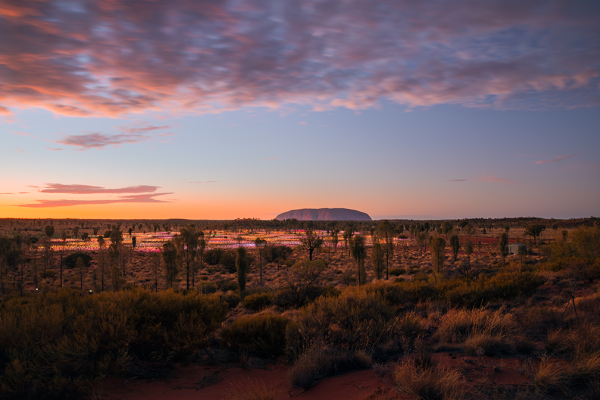
Offering an array of hiking opportunities through Kings Canyon and Uluru-Kata Tjuta National Park, it's a haven for nature enthusiasts seeking to immerse themselves in the rugged splendour of Australia's wilderness. Planning your visit to the Red Centre? Aim for the months of May to September when the weather is milder, providing a respite from Australia's intense sun. The cooler temperatures during this period ensure a more comfortable experience as you explore ancient rock formations and behold the mesmerising sunrises and sunsets over Uluru.
Northern Australia: June to September 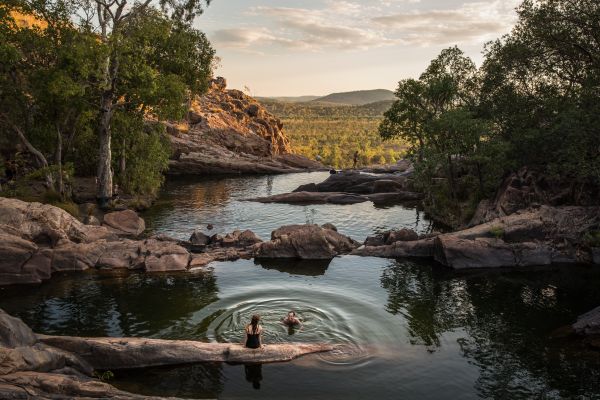
From uncovering ancient rock art in Kakadu National Park to plunging into the refreshing cascades of Litchfield's waterfalls or embarking on a guided cruise through Yellow Water Billabong, the rich history and vast, untouched wilderness of this region promise unforgettable adventures. Most travellers kick off their northern escapades from the capital city of Darwin. June to September emerges as the prime window for northern exploration, boasting comfortable temperatures, low humidity, and minimal rainfall — perfect conditions for basking in the sun. Like the Northeast, the Northern region experiences wet seasons from November to April, marked by unpredictable weather patterns and occasional rainfall.
Western Australia: March – September 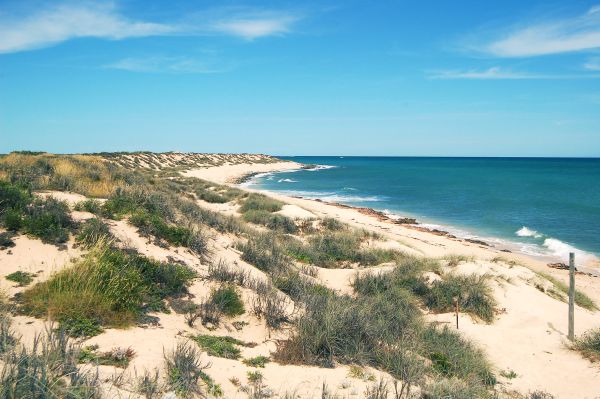
Australia's western coastline is a trove of hidden gems, making it a challenge to know where to begin your journey. Whether your interests lie in whale watching in Albany, snorkelling the Ningaloo Reef at Coral Bay and Exmouth, indulging in wine tasting in Margaret River, or exploring Fremantle's vibrant port scene, the West offers an array of experiences. The months of March, April, and May are filled with sunny days with minimal rainfall, making it the most tourist-friendly time to visit. Summer months from December to February can be hot, while June to August brings a cooler climate in the South with increased chances of rain yet remaining pleasant further north. To witness the breathtaking colours of the West's wildflower season, plan your visit between September and October.
Tasmania: November to March 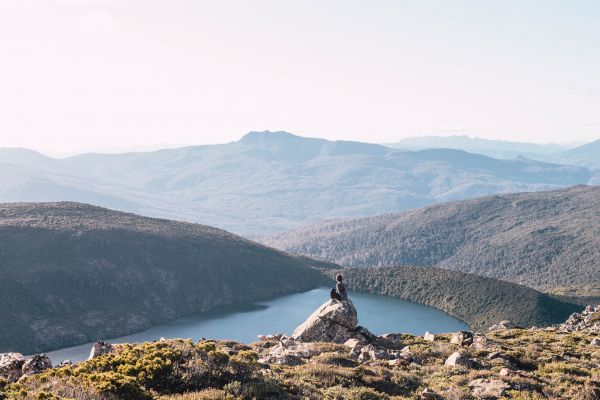
Though Tasmania may appear secluded, it's swiftly emerging as a must-visit destination in Australia, renowned for its exceptional art galleries, stunning landscapes, and burgeoning culinary scene. Experience the island's distinctive charm by trekking around Cradle Mountain in Lake St. Clair National Park, admiring the vistas of Wineglass Bay from the lookout in Freycinet National Park, or delving into the history of the infamous Port Arthur penal colony. Tasmanian locals recommend visiting from January through March when temperatures are at their most favourable. However, be mindful that December and January tend to be bustling, so advance booking is advised. Hikers can still enjoy favourable conditions and reduced costs in late spring (October and November) or early autumn (March and April). Alternatively, for budget-conscious travellers, the winter months of June, July, and August offer cheaper accommodation and airfare prices, albeit with the possibility of encountering snow.
